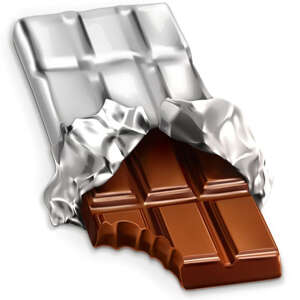Wednesday, March 5, 2025
The tallest statue in the world
Tuesday, March 4, 2025
History
Monday, March 3, 2025
Do you know
Sunday, March 2, 2025
Do you know
Saturday, March 1, 2025
A World of Fun
CARTOONS
Cartoons are a fantastic way to tell stories through visuals, and it’s amazing to see how different cultures bring their own unique animation styles to life! Take Japan, for example, known for its anime style, which is filled with vibrant colours and intricate details that make characters feel like they’re truly alive. Shows like Naruto and One Piece are popular worldwide for their thrilling adventures, magical moments, and deep friendships from touching romances to epic battles.
In the United States, the approach is often more exaggerated and whimsical. Cartoons like The Simpsons and Sponge Bob Square Pants find humour in everyday life, with simple character designs, but their adventures are just as exciting and funny. And, of course, we can’t forget the iconic Disney cartoons and movies, which have captured hearts all over the world.
Europe also brings something special to the table with their animation styles. French cartoons, for instance, often have a beautifully artistic, charming feel. Miraculous: Tales of Ladybug & Cat Noir is just one example, blending stunning visuals with captivating storytelling. Countries like Germany and the UK also create unique animations, with a perfect mix of art and narrative that appeals to audiences of all ages.
And it’s not just these regions- South Korea, India, China, Canada, and Australia and manymore countries all have their own distinctive styles. In the end, what makes cartoons so magical is not just how they look, but the stories they tell. Which cartoon’s storyline is your choice?
Friday, February 28, 2025
Unusual architecture
Thursday, February 27, 2025
Do you know
Ink Your Thoughts
THE TIMELESS ART OF DIARY WRITING In an age dominated by instant messages, social media posts, and fleeting digital memories, the simple ac...

-
ANNABELLE The real Annabelle doll is a well-known case of alleged paranormal activity, made famous by Ed and Lorraine Warren, two well-know...
-
WHY IS SUGAR WATER STICKY? Sugar water is sticky because sugar molecules have a strong affinity for water molecules, forming hydrogen bonds ...
-
ANNA MANI Anna Mani, often hailed as the Weather Woman of India, was a visionary physicist and meteorologist whose pioneering work reshape...











